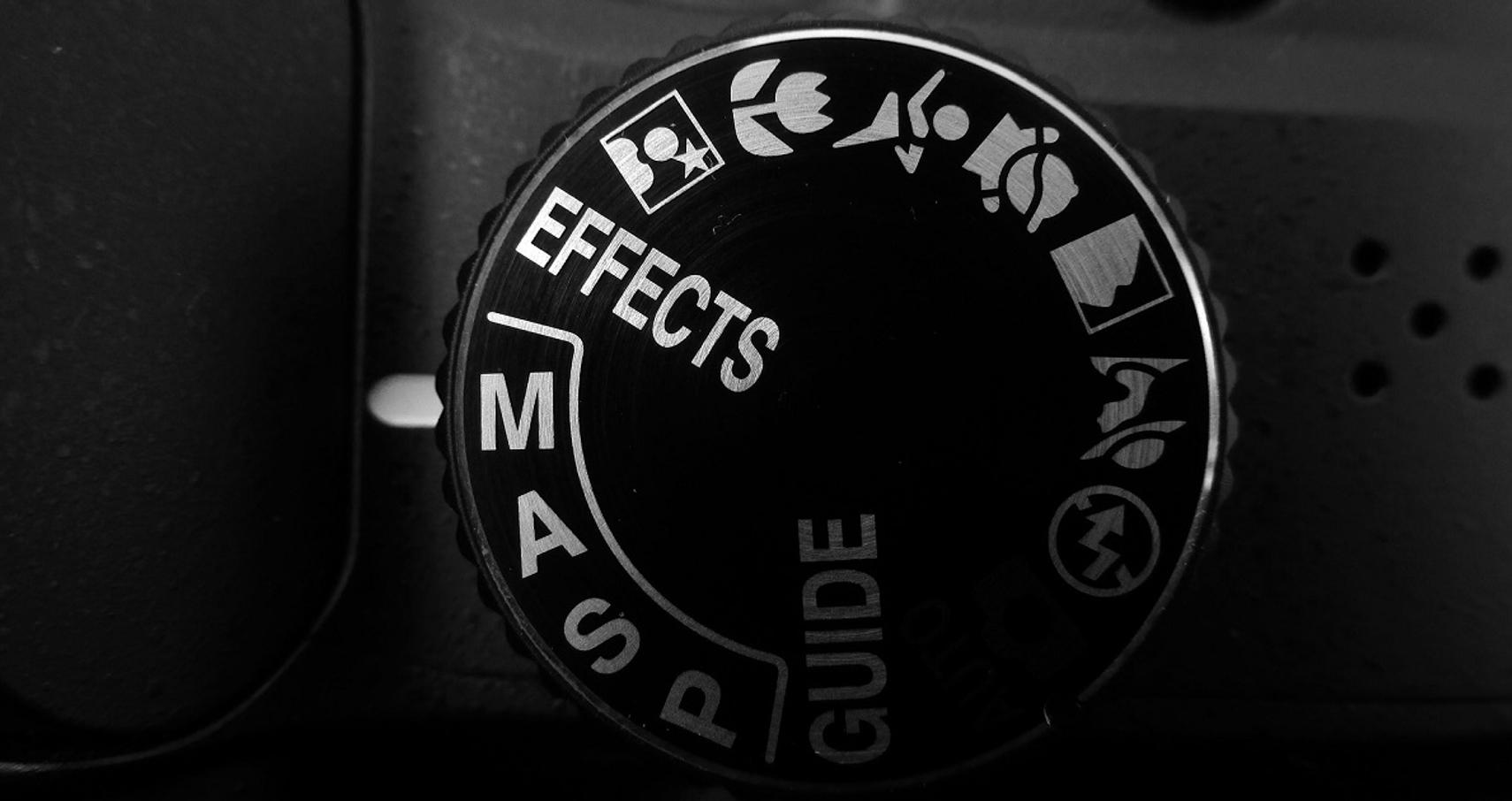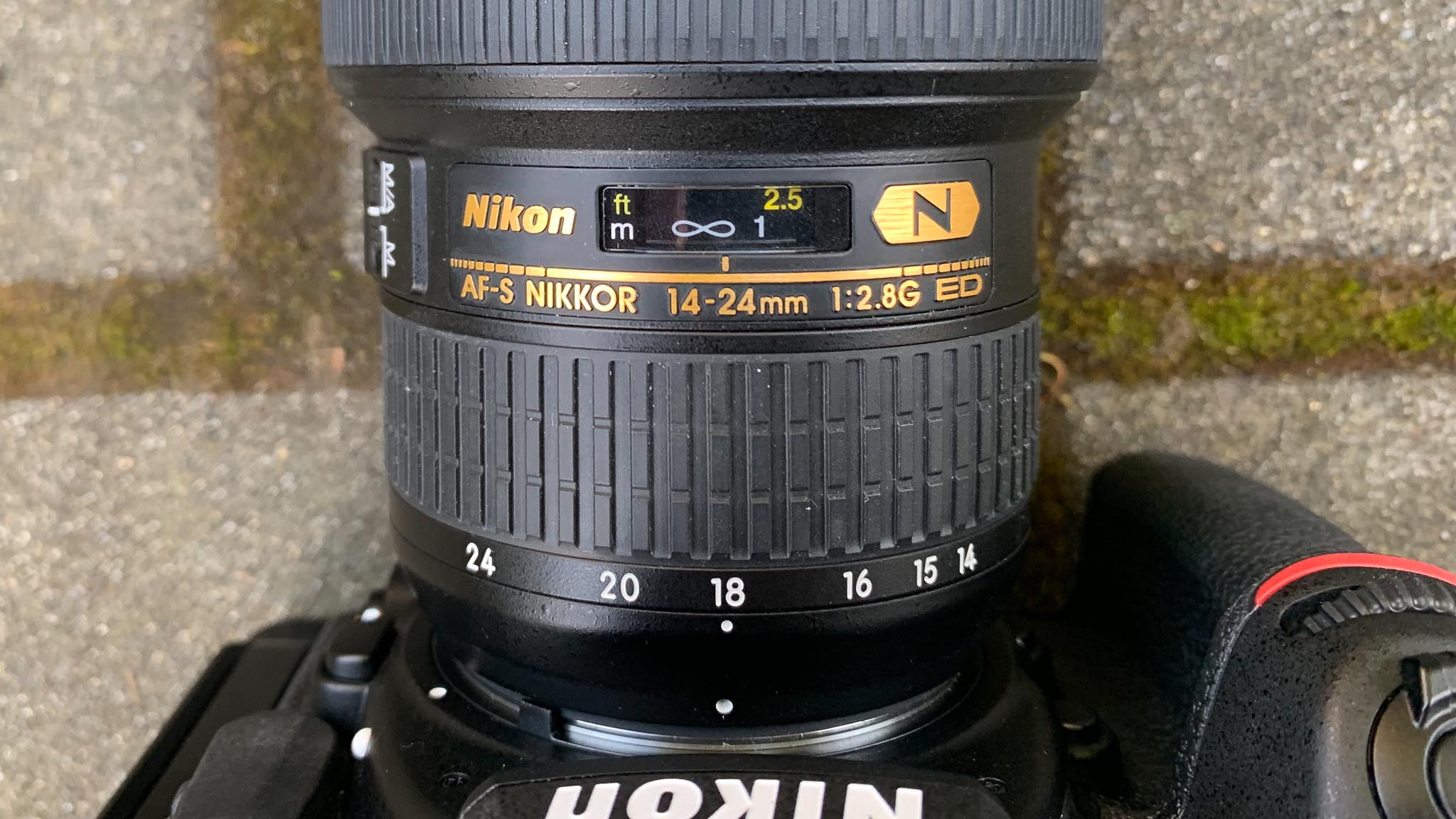How to Photograph Fireworks like a PRO • 10 TIPS
GearFocus
Jul 3, 2020

The 4th of July can be an awesome time to capture some amazing firework photographs. Check out our 10 tips for learning how to photograph awesome fireworks shots with ANY camera! We also give our best picks for cameras and gear we suggest for capturing fireworks like a pro.
 Photograph by Matthew Baron - Olympus EM5 MKII[/caption]
Photograph by Matthew Baron - Olympus EM5 MKII[/caption]
1. Use a Camera that has Manual Mode
 If you have a phone, download a long exposure app or use the live mode on an iphone (you can create long exposure from live photos - google it) Having a camera that shoots manual mode is a must. You need to be able to control your shutter speed for long exposure. Usually between 3-10 seconds on average. You want to capture enough of the fireworks with trails as possible while balancing the exposure. This is where experimenting comes into play. You need to test a lot of shots so you can get the right exposure for the scene. Your aperture will also affect your exposure so it is balancing both. To learn more about manual mode settings and to learn about shutter speed and aperture, check out our video on camera basics for beginner photographers. This will give you a good explanation of how each affects your photo.
If you have a phone, download a long exposure app or use the live mode on an iphone (you can create long exposure from live photos - google it) Having a camera that shoots manual mode is a must. You need to be able to control your shutter speed for long exposure. Usually between 3-10 seconds on average. You want to capture enough of the fireworks with trails as possible while balancing the exposure. This is where experimenting comes into play. You need to test a lot of shots so you can get the right exposure for the scene. Your aperture will also affect your exposure so it is balancing both. To learn more about manual mode settings and to learn about shutter speed and aperture, check out our video on camera basics for beginner photographers. This will give you a good explanation of how each affects your photo.
2. Use a TRIPOD or a Stable Spot to put your Camera
 Having a tripod helps when photographing fireworks, however, you don't NEED a tripod! All you need is a stable spot to put your camera. I often put my camera on the floor or on my backpack. You can use any tripod like a Gorilla POD or even one of the many mini camera stands like a FLEXTILT HEAD which you can get from multiple brands.
Having a tripod helps when photographing fireworks, however, you don't NEED a tripod! All you need is a stable spot to put your camera. I often put my camera on the floor or on my backpack. You can use any tripod like a Gorilla POD or even one of the many mini camera stands like a FLEXTILT HEAD which you can get from multiple brands.
3. Experiment to Get the Right Shot
Try different settings to get the results you want. Here are the ones I start with: ISO100, F/5.6, Shutter Speed 3 seconds, WB auto. Take a picture and if it's too dark or too bright modify the settings to get it right. Also experiment with your composition and scene. We go into this a bit more later.
 Photography by Matthew Baron[/caption]
Photography by Matthew Baron[/caption]
4. Shoot in RAW Format
Don't shoot in JPG. Shoot in RAW or RAW+JPG. You can then leave the WB in auto and will have a ton of editing range in post using Adobe Photoshop, Lightroom or other photo editing software. Raw format allows you to capture the most dynamic range possible. This is very important with tricky lighting and long exposure, as when you start pulling up shadows and down on the highlights you will experience much less noise and destruction of your photos. Easily Correct Dramatically Over/Under Exposed Images. With RAW you have additional information in the file, so it’s much easier to correct the image without a drastic reduction in quality. Again, you can also recover more blown highlights and clipped shadows. Good stuff. When you shoot RAW you have access to sharpening and noise algorithms in a program like Lightroom that are way more powerful than those found in your camera. Plus, these sharpening and noise algorithms are always improving, so in the future you’ll be able to re-visit your RAW files and take advantage of these improvements.
5. Use Long Exposure
 The longer your expose (shutter speed 3,5,10s) the more firework you will have in your picture. Too long might get too bright and too confusing! It is a balance of capture the right amount of light when photographing fireworks. This will also be determined by the ambient light of the scene you are photographing. For example: If you are shooting fireworks where there are a lot of other city lights around, you will need to reduce the exposure time so that those areas of the photograph are not blown out and too bright. Same goes for the amount of fireworks going off. During a grand finale, there will be a lot more fireworks going off at the same time, so you will need to reduce your exposure time to compensate for the additional light that will be hitting your camera's sensor.
The longer your expose (shutter speed 3,5,10s) the more firework you will have in your picture. Too long might get too bright and too confusing! It is a balance of capture the right amount of light when photographing fireworks. This will also be determined by the ambient light of the scene you are photographing. For example: If you are shooting fireworks where there are a lot of other city lights around, you will need to reduce the exposure time so that those areas of the photograph are not blown out and too bright. Same goes for the amount of fireworks going off. During a grand finale, there will be a lot more fireworks going off at the same time, so you will need to reduce your exposure time to compensate for the additional light that will be hitting your camera's sensor.
6. Create an interesting Scene & Composition
 Don't shoot just the fireworks. Try something new and get creative. When learning How to Photograph Fireworks, you NEED to experiment. Give a sense of place/ambiance in your image. Shoot the cityscape, the people, the background with the fireworks. Also remember that you can combine multiple photos in post editing for some really cool effects that expose the foreground and fireworks in the background. You can also use lights to light up the foreground if the scene doesn't have ambient light. Some great we highly recommend are the Lume Cube lights. They are used for many situations and can be awesome for this technique.
Don't shoot just the fireworks. Try something new and get creative. When learning How to Photograph Fireworks, you NEED to experiment. Give a sense of place/ambiance in your image. Shoot the cityscape, the people, the background with the fireworks. Also remember that you can combine multiple photos in post editing for some really cool effects that expose the foreground and fireworks in the background. You can also use lights to light up the foreground if the scene doesn't have ambient light. Some great we highly recommend are the Lume Cube lights. They are used for many situations and can be awesome for this technique.
7. Underexpose a Little
 Underexpose a little. This will protect the highlight of the fireworks and help you edit more easily in post. If you haven't figured this out already, bringing down the highlights is MUCH harder in post than bringing up the shadows, especially when shooting Raw. Underexposing your photograph will give you a lot more control in post when photographing fireworks.
Underexpose a little. This will protect the highlight of the fireworks and help you edit more easily in post. If you haven't figured this out already, bringing down the highlights is MUCH harder in post than bringing up the shadows, especially when shooting Raw. Underexposing your photograph will give you a lot more control in post when photographing fireworks.
8. Use a Timer or Shutter Release
Even the slightest movement of the camera can cause blurry photos. This is why you want to use a short timer of even just 1-3 secs. This will allow your camera to steady itself after you press the shutter button. YES, just pressing the shutter button will cause your camera to shake ever so slightly. You can also use a shutter release or even an APP that most cameras have now that allows you to trigger your shutter from your smart phone. All major brands have a camera control APP available.
9. Shoot in Manual Focus and Set to Infinity
You will want to use manual focus and set your lens to infinity focus. Do not use autofocus. 
10. Awesome Cameras for Capturing Fireworks and Long Exposure
Today there are cameras that can help you create some awesome long exposure with a feature called composite mode. The most popular cameras are the Olympus cameras, which have composite mode built in. This mode allows NEW light to come in while keeping the already exposed part of the photo from being blown out. Live composite mode is a feature exclusive to Olympus OM-D series cameras. It is an innovative way of taking long exposure images. In Live Composite mode the camera shoots a series of images continuously using the same exposure time. Here you can set up the shutter speed from a value of 1/2 of a sec to 60sec. This will determine the exposure time per image. You should know what’s your optimal shutter speed from the few tries you did before. If you’re not sure, go back to the step where I’ve asked you to take a few shots and repeat from there.
Back in the day during photography school, our instruction always forced us to shoot at least 3 rolls of 36 exposure film, yes, I said back in the day! The whole point was that practice makes perfect, well improvement. Now with digital, shooting 100's of photos is easy and cheap. Don't be afraid to shoot several variations of each firework with different settings in your camera as mentioned above bit also your composition and with different focal lengths of lenses, etc.
Own one like this?
Make room for new gear in minutes.

